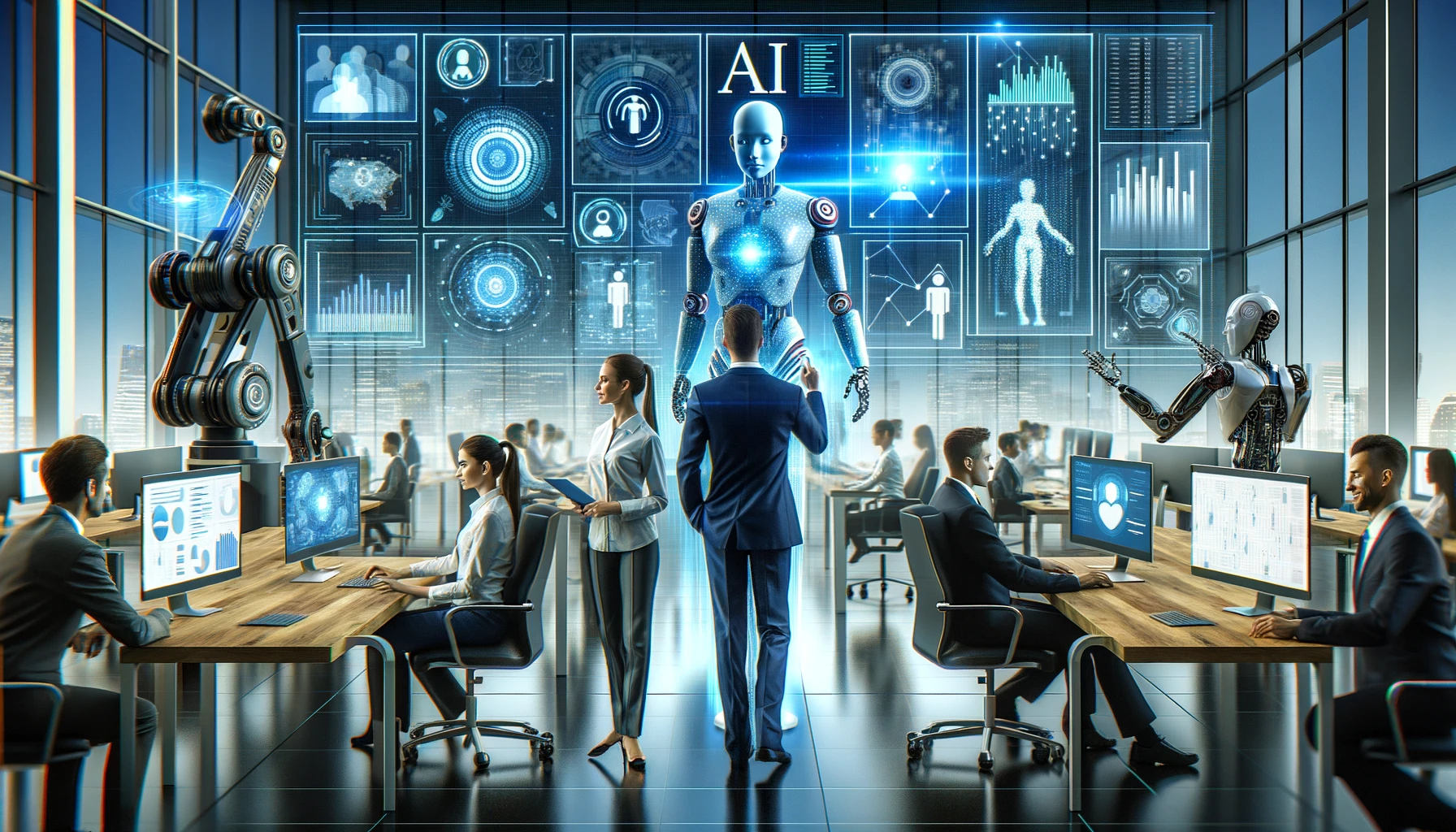 研究显示,人力资源管理领导者面临的主要问题包括缺少 AI 相关的专业知识以及面临的风险和合规性问题。
研究显示,人力资源管理领导者面临的主要问题包括缺少 AI 相关的专业知识以及面临的风险和合规性问题。
弗吉尼亚州阿灵顿--Valoir 发布的一项全球新报告显示,
尽管 AI 驱动的自动化似乎无法避免,但人力资源部门似乎并未做好准备。这项涵盖超过150位人力资源执行官的调查揭示了利用 AI 的巨大机会,但同时也显示出在制定政策、实施实践和进行培训方面普遍存在不足,以便安全有效地将 AI 技术应用于人力资源管理。
“虽然许多机构开始采用生成式 AI,但很少有组织建立必要的政策、准则和保障措施。作为员工数据的保护者和公司政策的制定者,人力资源领导者需要在 AI 的政策和培训方面走在前列,不仅为自己的团队,也为广大员工群体做好准备。”
以下内容需要特别注意: “AI 正在快速融入人力资源管理领域,特别是在招聘、人才发展和劳动力管理等方面。然而,引入 AI 也伴随着诸如数据泄露、误解、偏见和不当内容等风险,”Valoir 的首席执行官 Rebecca Wettemann 表示。“面对这些挑战并采取措施减少风险的人力资源部门,可以显著提升其从 AI 中获得的益处。”
人力资源的自动化与战略转型潜力
报告指出,有35%的人力资源部门员工的日常工作非常适合自动化处理。在所有人力资源管理活动中,招聘环节最有潜力应用 AI 技术,并且已成为采纳率最高的领域,近四分之一的组织已经开始利用 AI 支持的招聘流程。人才发展、劳动力管理以及培训和发展同样被视为 AI 自动化的关键领域。
生成式 AI 正在加速人力资源部门的生产力提升及风险增加
尽管到2023年中旬,超过三分之四的人力资源领域工作者已经尝试使用过某种形式的生成式 AI,但仅有16%的组织制定了关于使用生成式 AI 的具体政策。而且,真正关于其伦理使用的政策数量更是寥寥无几。人力资源领导者认为,缺乏 AI 相关技能和专业知识是采纳 AI 的最大障碍,但只有14%的组织制定了有效的 AI 使用培训政策。这些政策对于确保所有员工都能充分利用 AI 带来的好处并最小化风险是至关重要的。
“尽管生成式 AI 正被广泛采纳,但几乎没有哪些组织建立了必要的政策、准则和保护措施。作为员工数据的守护者和公司政策的制定者,人力资源领导者必须在 AI 政策和培训方面先行一步,这不仅是为了他们自己的团队,也是为了整个员工群体的利益,”Wettemann 表示。
报告的关键知识点:
- Integration Challenges: HR faces challenges in managing AI use due to lack of policies, practices, and training.
- Early Adoption vs. Preparedness: While HR has been an early adopter of AI, most organizations still lack the proper frameworks for safe and effective AI adoption.
- Rapid Product Release: Post-Chat GPT announcement, HR software vendors have rapidly released generative AI products with varying capabilities.
- AI’s Double-Edged Sword: AI offers great benefits but also poses risks of "accidents" due to immature technology, inadequate policies, and lack of training.
- AI Experimentation and Automation Opportunity: Over three-quarters of HR workers have experimented with generative AI. 35% of HR tasks could potentially be automated by AI.
- Current AI Utilization: The main opportunities for HR benefits from AI are in recruiting, learning and development, and talent management, with recruiting leading in AI adoption.
- Adoption Barriers: Main hurdles include lack of AI expertise (28%), fear of compliance and risk (23%), and lack of resources (21%).
- Policy and Training Deficiencies: Only 16% of organizations have policies on generative AI use, and less than 16% have training policies for AI usage.
- Risk Areas in AI: Data compromises, AI hallucinations, bias and toxicity, and recommendation bias are identified as primary risks.
- Future Plans for AI: Over 50% of organizations plan to apply AI in recruiting, talent management, and training within the next 24 months.
- Least Likely AI Adoption: Benefits management has the lowest likelihood of current or future AI adoption due to data sensitivity concerns.
- AI Skills and Expertise: The significant gap in AI skills and expertise impacts the adoption and effective use of AI in HR.
- HR’s Role in AI Adoption: HR needs to develop policies, provide training, and ensure ethical AI use aligning with organizational principles.
- Recommendations for HR: Suggestions include experimenting with generative AI, developing ethical AI usage policies, creating role-specific AI training, and identifying employee groups at risk from AI automation.





 扫一扫
添加客服
扫一扫
添加客服
